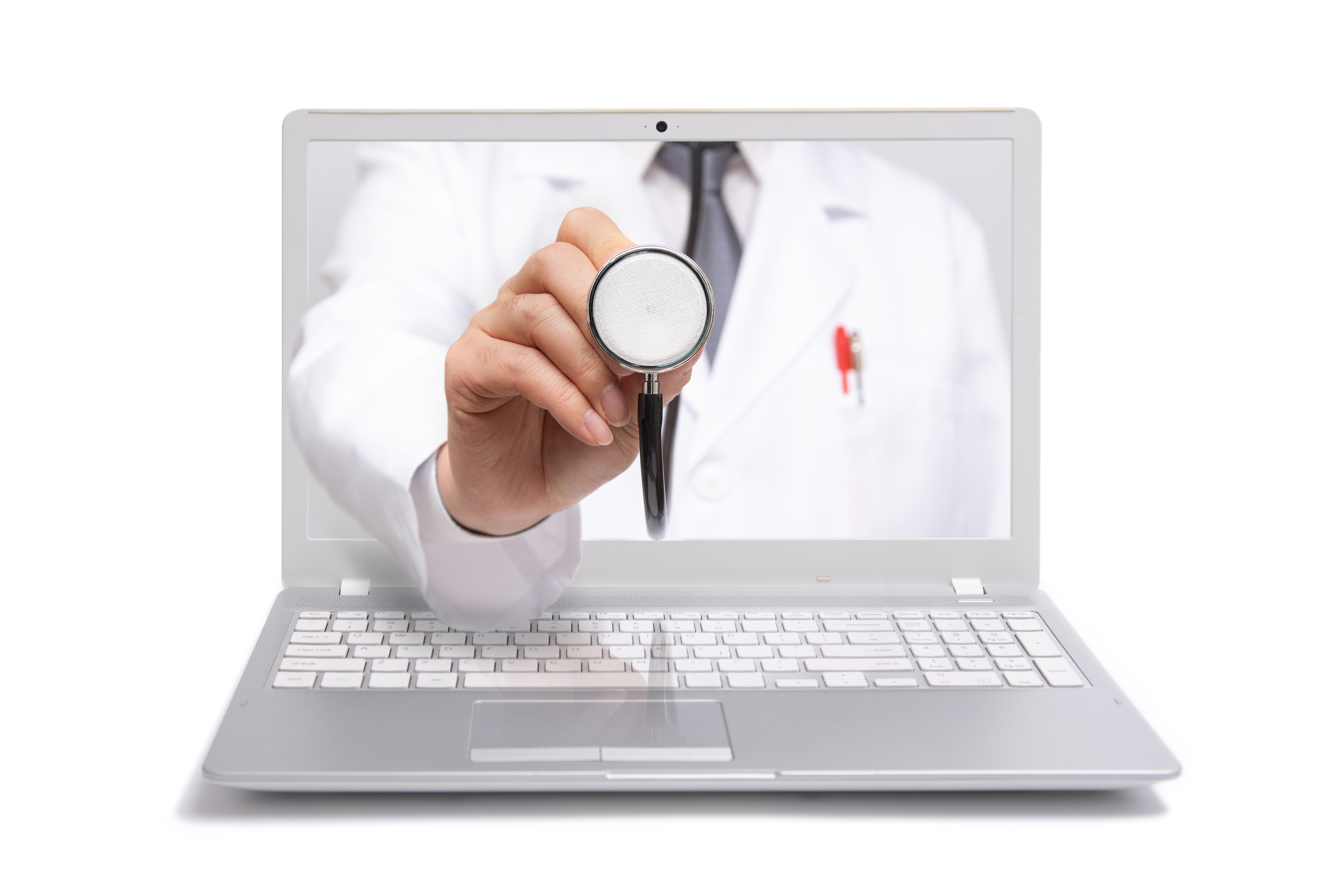
Remote patient monitoring is a method of delivering care that uses technology to gather patient vitals outside of a traditional healthcare setting. Usually, this is done in the patient’s home, whether that be a private home or an assisted living facility.
What’s the difference between remote patient monitoring and telehealth? The broader sense of telehealth encompasses all the different technologies used to deliver care remotely, regardless of setting or frequency. At times, remote patient monitoring and telehealth are used interchangeably, but it’s more accurate to say that modern remote monitoring leverages the technologies made available under the umbrella of telehealth.
In that sense, there is no aspect of remote patient monitoring in today’s healthcare environment that isn’t assisted by telehealth in some respect. The two are intertwined in ways that allow clinicians to monitor their patients more consistently than before.
This article delves into what aspects of remote patient monitoring are made simpler using telehealth technology, and what types of equipment are used in the field today.
Telehealth Technology Makes Remote Health Monitoring Easier
If chronic health conditions aren’t carefully managed on a daily basis, patients are at increased risk of readmission to the hospital. Telehealth technology allows for a real-time stream of health data to be transmitted remotely, allowing quick adjustments and care decisions to be made by a licensed specialist without waiting for an appointment date.
Using technology to render preventative care creates a value-based model that benefits patients and providers alike. Conditions can be managed early before they become expensive hospital interventions.
By virtually bringing a specialist into the patient’s room with a familiar-looking tablet or mobile phone interface, they are made more comfortable and engaged with managing their own care. A physician can then stay appraised of their patient’s long-term condition on a daily or even hourly basis. Wearable telehealth peripheral devices transmit data like blood pressure, heart rate, and glucose levels to the physician continuously, so any deviation can be acted upon quickly.
Unofficial caregivers also benefit, like an elderly patient’s adult children. Giving them a timely and accurate assessment of their loved one’s ability to live independently results in peace of mind and eliminates the anxiety of waiting weeks between visits.
What Devices and Services Are Used?
Medicaid reimbursement for remote patient monitoring services requires interactive communication between patient and provider. This can be achieved most easily over a secure telehealth platform’s video conferencing software. A minimum of 20 minutes of real-time two-way audio interaction is needed to satisfy requirements, and to ensure patients receive an adequate amount of one-on-one attention.
During a telehealth visit in this context, a nurse or technician may use telemedicine peripherals like a video otoscope, blood pressure cuff, or electronic stethoscope to perform a remote physical examination. Mobile telehealth carts combine a video monitor with diagnostic tools on wheels to ensure caregivers have everything they need where and when they need it.
Let’s Talk Interactive is a full-service telehealth partner that offers telehealth hardware, software, and other remote patient monitoring solutions. Contact us today to make long-term care more comfortable for you and your patients.